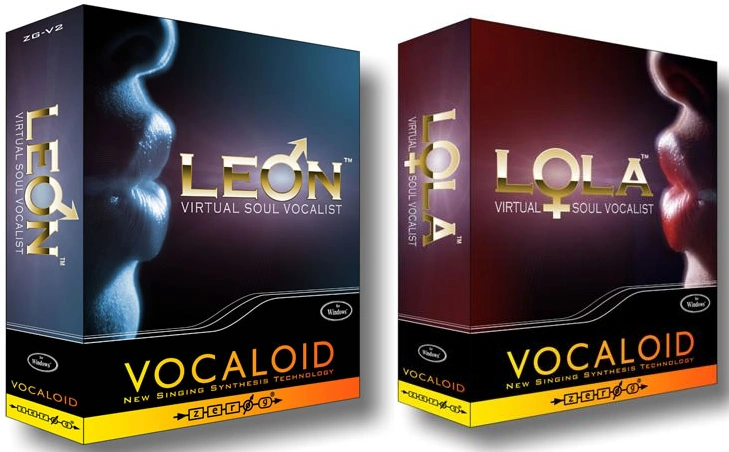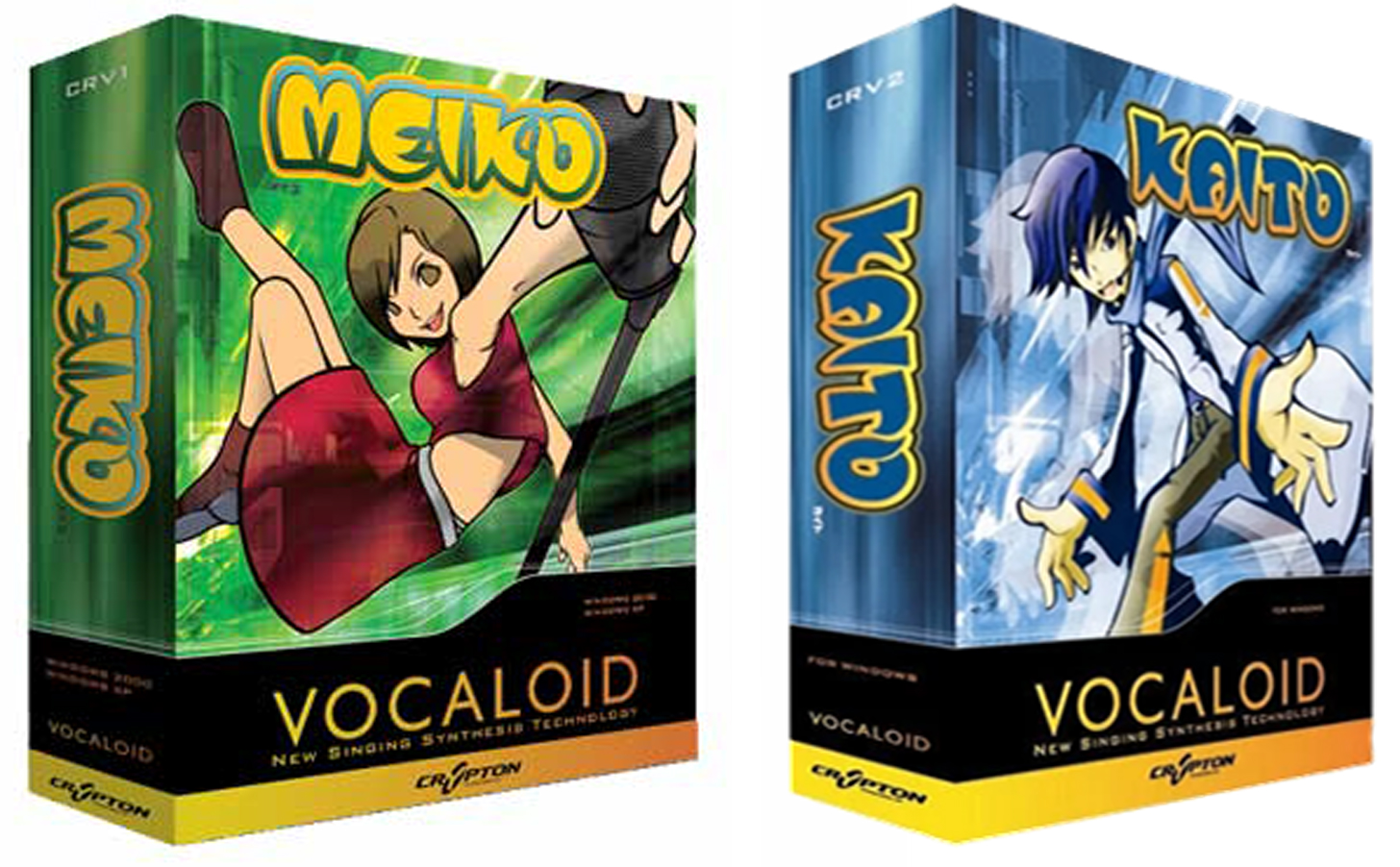Part 1: Pre-Miku (1961 & 2000-2007)
1961 - (Daisy Bell and IBM 7094):
SIDENOTE: People debate if it starts in 1939 with the Voder or in 1961 with the IBM 7094 and the song "Daisy Bell." But for this explanation, I will go with Daisy Bell and the IBM 7094.
The history of Vocaloid does not begin in this century. It actualy starts in 1961 when researches at Bell Labs (a part of AT&T, who used to own Northern Telecom/Nortel) were able to get an IBM 7094 mainframe (yes, those are the computers that took up large rooms) to sing the song "Daisy Bell", which was originally recorded in 1892.
Video by: Slaven Radovic on YouTube
This was a marvelous achievement in CS history, and it paved the way for things like it for decades to come, including VOCALOID.
2000 - Early-2007: A Introduction to VOCALOID, Hideki Kenmouchi, and Crypton Future Media
Now, let's fast-forward to the year 2000, where Hideki Kenmouchi is studying at the Pompeu Fabra Univerisity in Barcelona, Spain. At this point, he is working on voice synthesis tech that could allow someone to recreate someone sing. It was a small project for a while. But, he eventually got funding from Yamaha (the music company known for instruments like the DX7 synthesizer) and the project got worked on even more. This led to VOCALOID being created in 2004.
Fun Fact: The software was codenamed "Daisy" after the song "Daisy Bell" that was mentioned above. Unfortunately, the name was trademarked, so they couldn't use it and they eventually chose VOCALOID as the name.
Two voice packs were released alongside it, developed by Yamaha and distributed by Zero-G: Leon and Lola. But, even though it was very impressive, the software had flaws that caused it to tank in the market ranging from a robotic sounding voice, not a lot of of marketing, and much more.

Yeah, these are not great (the box art)...
But, a company would soon jump into the fray. This company will be important later... that company was Crypton Future Media. After Zero-G was dumped by Yamaha, Yamaha chose Crypton as their main distributer for VOCALOID. Yamaha developed two voice packs for Crypton. Those were Meiko and Kaito: what I am going to call (or what I bet other people call them) the first Cryptonloids (or Crypton Vocaloids).

Yeah, these look better. Nice to see some anime-styles characters...
Even though these looked a lot better, it still wasn't enough. The original version of VOCALOID (along with its voice packs including Meiko and Kaito) still did not sell well. But, miraculously, the software was still able to get a second version.
Early 2007 - Mid-2007: Vocaloid 2 and its First Voice Pack
Even though VOCALOID did not sell well, it was still successful enough to get a second version. So, VOCALOID 2 was released on June 29th, 2007, with the Sweet Ann voice pack developed by PowerFX Systems and distributed by Crypton Future Media. But it wouldn't be for another two months and two days later until VOCALOID would get its first (and most major) success.
Fun Fact: The voice pack Sweet Ann was used in the anime "Nichijou: My Ordinary Life" in their Helvitica Standard portion of episodes for the background singing and the title card.